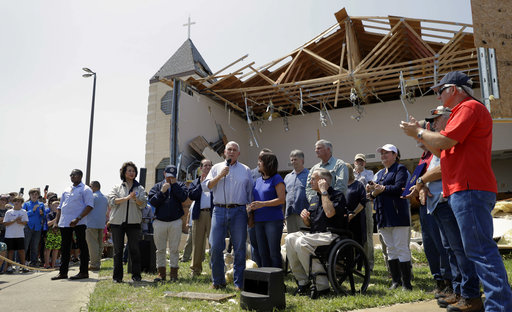In 1900, Congress helped charter a nongovernmental organization, namely the Red Cross, as a conduit through which it could funnel aid to disaster victims. After Hurricanes Katrina and Rita struck in the fall of 2005, the Federal Emergency Management Agency (FEMA) widened the net of nongovernmental organizations, including religious organizations, through which it funneled aid.
FEMA allowed aid funds to help churches that provide community services
FEMA policies, however, generally prohibited providing direct governmental aid to rebuild churches. After Hurricane Harvey struck in 2017, three Houston churches, Harvest Family Church in Cypress, Hi-Way Tabernacle, and Rockport First Assembly of God, challenged FEMA’s denial of aid to faith-based nonprofit organizations, as did two Florida synagogues.
Although the churches were unable to obtain a preliminary injunction against this policy, after Justice Samuel Alito asked FEMA to respond to these suits filed against them, in January 2018, FEMA revised its rules to include churches that provide community services among the entities that could receive such aid; it also applied the policy retroactively to all disasters declared since Aug. 23, 2017.
Critics thought decision would erode First Amendment separation of church and state
Heralded by many who believe that FEMA had been treating churches as second-class entities, the move was also criticized by some groups who feared that it would erode what they believe to be the wall of separation between church and state.
The cases remain in place, so future court decisions might provide more clarity.
President Donald Trump had supported a change in policy, which FEMA attributes largely to the decision in Trinity Lutheran Church of Columbia v. Comer (2017). FEMA’s policy, however, arguably goes beyond this decision by permitting aid not simply for school playgrounds but also for religious sanctuaries, whose primary purpose is to promote worship.
John Vile is a professor of political science and dean of the Honors College at Middle Tennessee State University. He is co-editor of the Encyclopedia of the First Amendment. This article was originally published in 2009.

